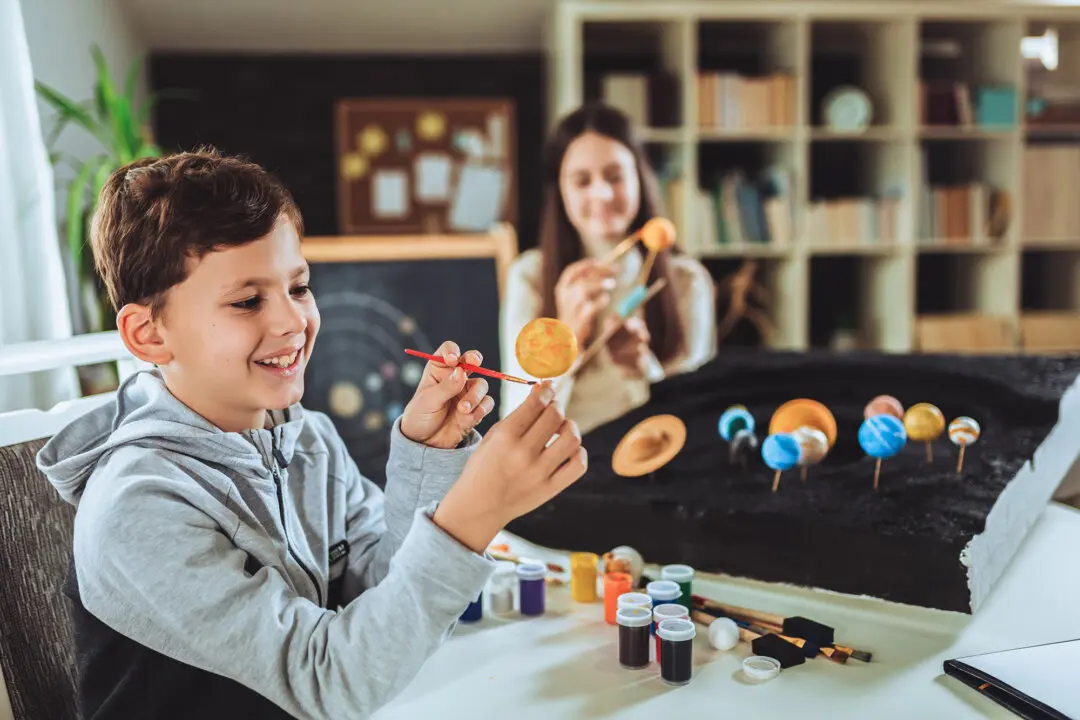Jim Trelease, author of “Jim Trelease’s Read-Aloud Handbook,” says: “Every time we read to a child, we’re sending a ‘pleasure’ message to the child’s brain. You could even call it a commercial, conditioning the child to associate books and print with pleasure.”
Reading aloud to your kids is truly a gift you give to them, and this association with pleasure is key. It sets the stage for helping your kids develop a love of books, reading, and learning. It’s pure, joy-filled quality time as you snuggle up with your child and travel to fascinating new places, meet interesting new characters and people, and immerse yourselves in timeless stories of adventure and discovery.





